Everything We Learned from the NVIDIA GeForce Special Event
The star of the show was the new RTX 30-Series GPU selection, but we also got to learn of some great new software
- Last Updated Sep 2, 2020
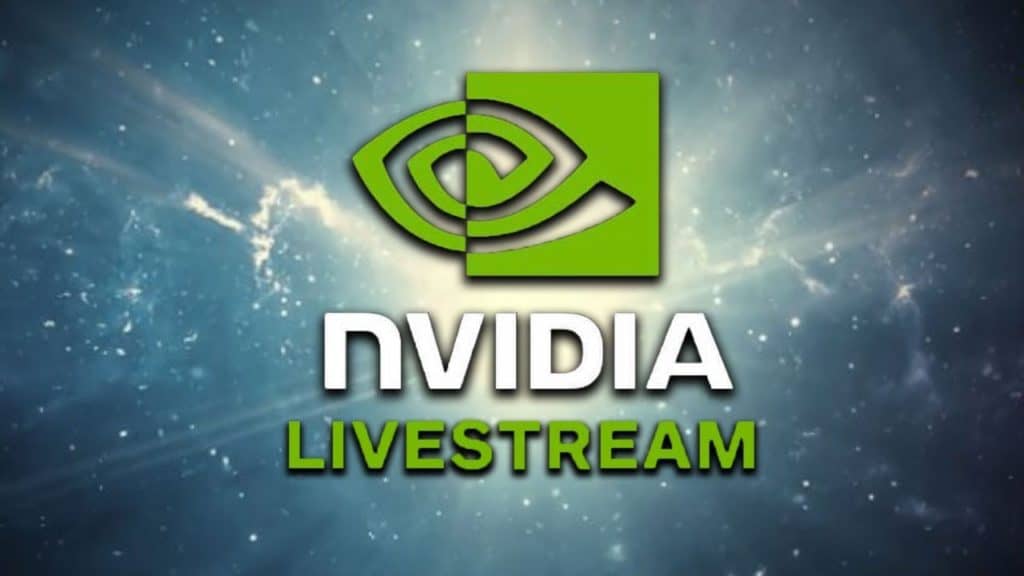
The long awaited and well anticipated NVIDIA GeForce event kicked off with a bang yesterday, with 160 000 viewers already logged onto the company’s Twitch stream when the event started and growing throughout. It’s not a surprise, considering the hype they managed to stir up around the event – a big change from the usually boring hardware reveals we’ve seen elsewhere.
No, NVIDIA did not disappoint, revealing some of its most powerful and improved products to date, including three new GeForce RTX 30-series GPUs.
Here’s everything CEO Jensen Huang announced.
RTX 30-Series GPUs
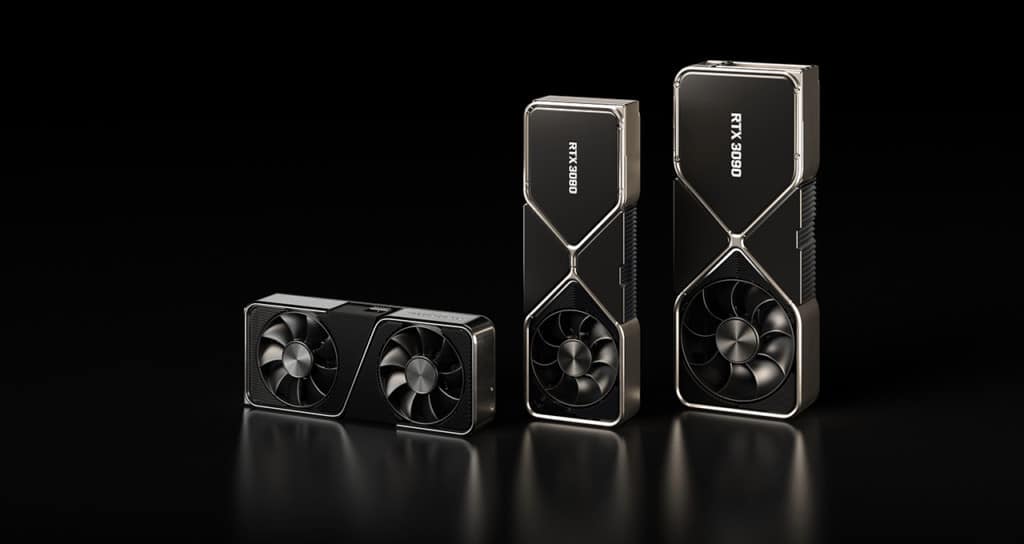
We might as well start with the star of the show (we know that’s why you’re here, anyway) – the new GeForce RTX 30-series GPUs – the RTX 3070, the RTX 3080, and the RTX 3090. These new models apparently account for a huge generational leap for NVIDIA, according to Huang.
The new processors are built on the Ampere architecture, as opposed to the Turing architecture used on the RTX 2000 series, and are said to deliver some of the biggest generational improvements in NVIDIA history.
RTX 3080
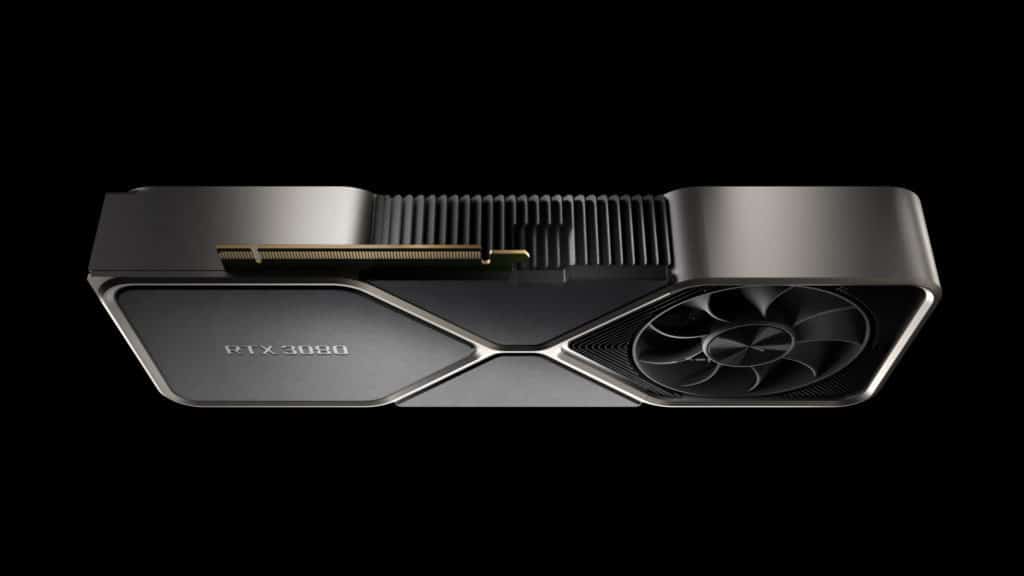
The flagship GPU of this year’s event was the GeForce RTX 3080, complete with a new design to help manage thermals – two individually controlled fans which make the 3070 three times quieter and 20 degrees cooler than the 2080. It also comes with 704 CUDA Cores and a 10 GB GDDR6X VRAM and apparently twice the performance of the 2080. It’s other main features include a Samsung 8nm process node, 30 Shader-TFLOPS, 58 RT-TFLOPS, 248 Tensor-TFLOPS and a 1710 MHz boost clock speed.
The RTX 3080 will be available to buy directly from NVIDIA for $699 on September 17 this year.
RTX 3070
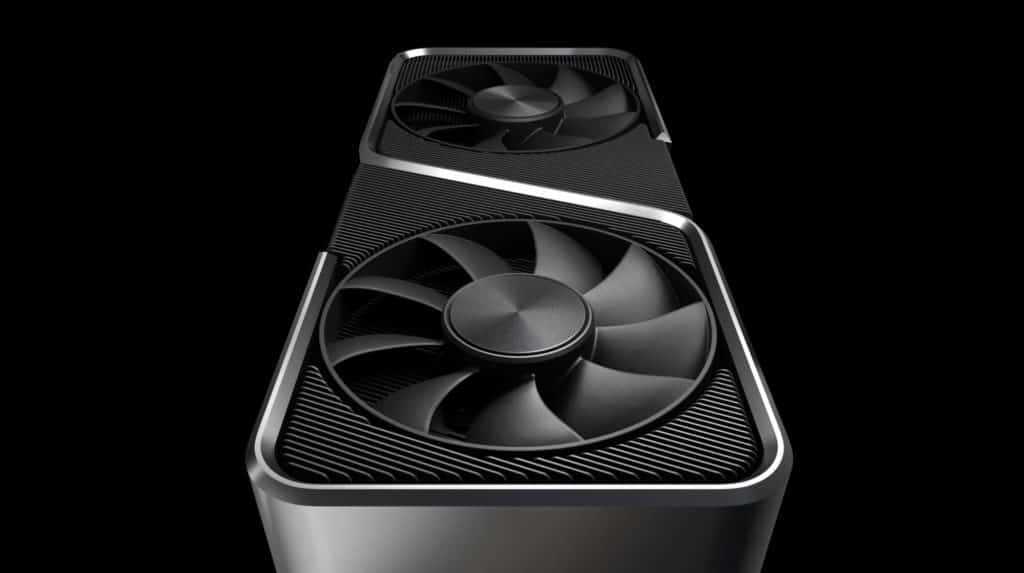
Next up is the mid-range RTX 3070. Despite its lower price point, this GPU still packs a punch and apparently delivers better performance than the flagship $1200, Turing-based RTX 2080 Ti card from two years ago.
This one also features a Samsung 8nm process node along with 20 Shader-TFLOPS, 40 RT-TFLOPS,163 Tensor-TFLOPS, 8GB of GDDR6 VRAM, Ampere GA104-300, 5888 CUDA Cores and a 1730 MHz boost clock speed. Apparently it comes with twice the shader, twice the tensor core, twice the RT cores and double the performance of its predecessor, the 2070. It also has the rumoured 12-pin power connector, as shown during the livestream.
Coming in at just $499, the RTX 3070 is a bargain and will be available to buy from NVIDIA as of October (exact date TBC).
RTX 3090
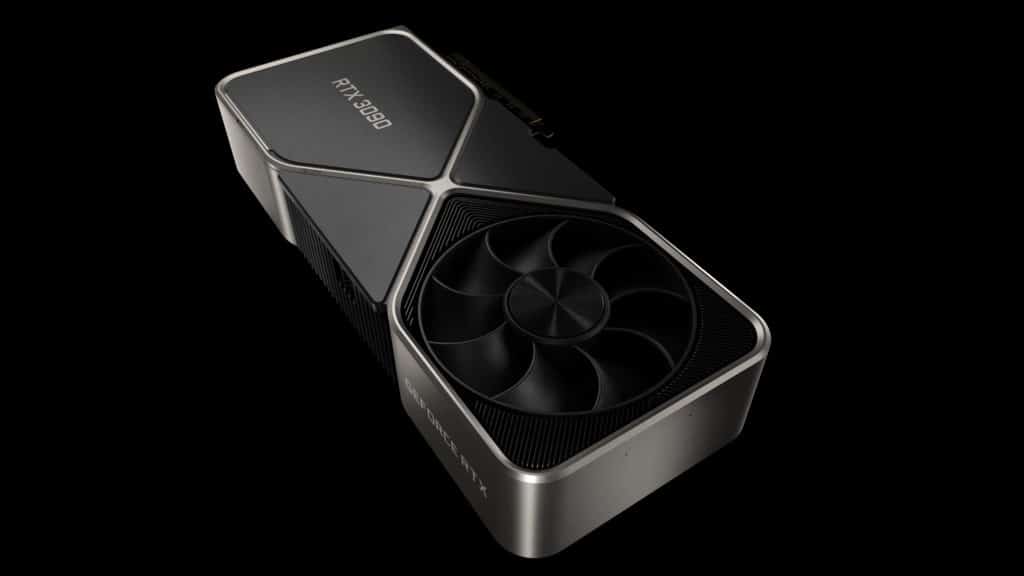
Now we have what Huang called the BFGPU – the “titan GPU for 8K gaming,” according to Digital Trends – the RTX 3090, which is for the most passionate of game and graphics enthusiasts.
The successor to the Titan RTX, which blew NVIDIA away in terms of demand, the RTX 3090 is perfect for creatives, broadcasters and the most hardcore of gamers (who will now be able to play in 8k with 60 frames per second for the first time ever, by the way).
Boasting a Samsung 8nm process node, 10496 CUDA Cores, a 1700 MHz boost clock, a 1400 MHz base clock, 24 GB GDDR6X, a 384-bit memory interface, 2nd Generation Ray Tracing Cores, 3rd Generation Tensor Cores, an HDMI 2.1, 3x DisplayPort 1.4a, an RTX with DLSS 8K, 8K HDR ShadowPlay and AVI Decode, this card is surely as “ferocious” as Huang claims.
The RTX 3090 will be available to buy as of September 24 for a steep $1499, but it seems like it will be worth it.
NVIDIA Reflex
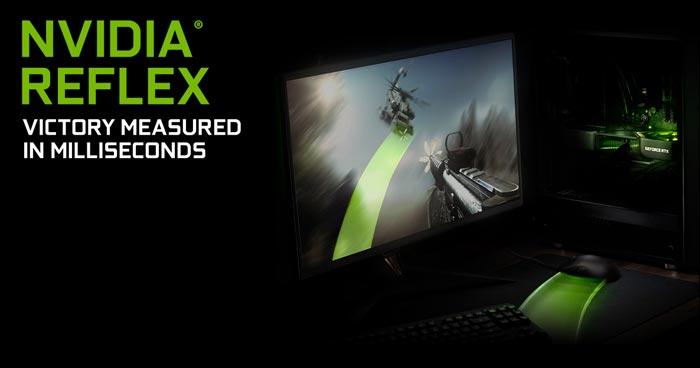
Now targeting a new generation of e-sports gamers, NVIDIA has addressed the ever-present (and ridiculously annoying) issue of lag. Enter NVIDIA Reflex, which lowers latency to 30 ms or less, which is huge compared to the 100ms of latency gamers usually have to put up with.
NVIDIA Reflex will be available for the the GeForce RTX 30-Series GPUs and G-Sync monitors and will be supported by the likes of Valorant, Fortnite, Apex Legends – but this is by no means a definitive list.
This tool will allow players to “Acquire targets faster, react quicker, and increase aim precision through a revolutionary suite of technologies built to optimize and measure system latency for competitive games,” according to Huang.
RTX Ray Tracing for Fortnite
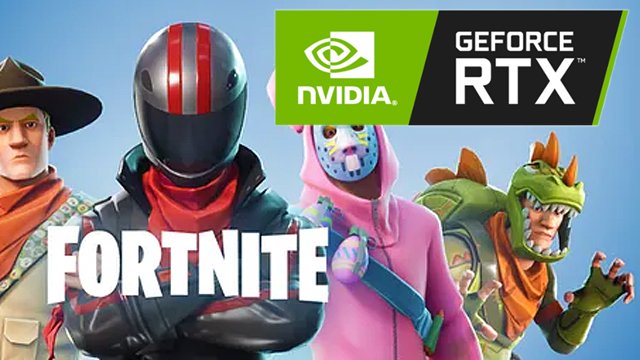
Fortnite hasn’t been having the best time lately, what with the whole Apple Vs Epic debacle that’s been unfolding since last month. But, kicking off the livestream, Huang announced that the incredibly famous battle royale game will be supporting a suite of NVIDIA graphics technologies – including “Immersive ray-traced effects powered by GeForce RTX’s RT Cores and NVIDIA DLSS – which will “dramatically improve the fidelity and detail of Fortnite’s stylized world.” This also includes NVIDIA Reflex, so character movements will be quicker and responsiveness will be increased.
NVIDIA Broadcast
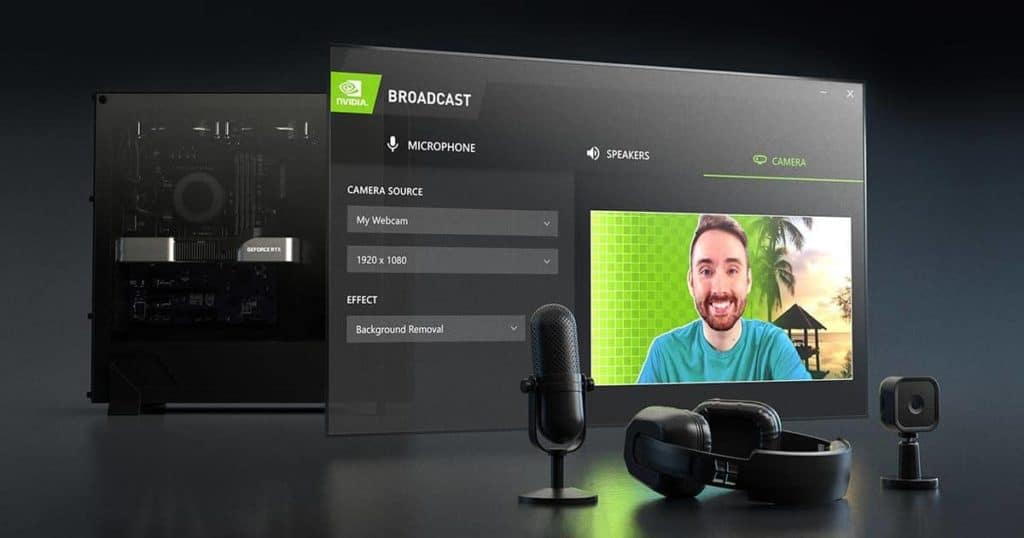
Citing the huge change brought on us by the pandemic, which made working from home commonplace for almost everyone, NVIDIA are making it easier to turn your everyday PC into the perfect streaming studio. It hopes to use AI to level the streaming playing field.
“Video broadcast runs A.I. algorithms trained by deep learning on Nvidia’s DGX supercomputer, one of the most powerful in the world,” the company said.
NVIDIA Broadcast allows broadcasters to remove any unwanted background noise like the washing machine whirring or any construction outside. It also has virtual background effects and an auto frame feature, which focuses on your head, always keeping it in the centre of the frame (kind of like an actual cameraperson). NVIDIA Broadcast will be available in September.
Omniverse Machinima

NVIDIA has created Omniverse Machinima. Focussed on storytelling, this new software is aimed at gamers keen to develop gameplay into narrative stories.
“It’s an app built on our omniverse 3D workflow collaboration platform,” the company claimed. “Omniverse is a universal design tool asset exchange with a viewer, based on photorealistic path tracing. The engine is designed to be physically accurate simulating light physics material and artificial intelligence.”
Omniverse Machinima contains NVIDIA AI technologies including MDL/materials, Audio to Facial Animation, Physics/VFX and AI Pose Estimation and will be available in October.
As well as announcing a whole host of exciting hardware and software, NVIDIA took viewers on a journey of the last 20 years of computer graphics, guaranteeing the next two decades to be even more promising than the last. “If the last 20 years was amazing,” Huang said. The next 20 will seem nothing short of science fiction.”
